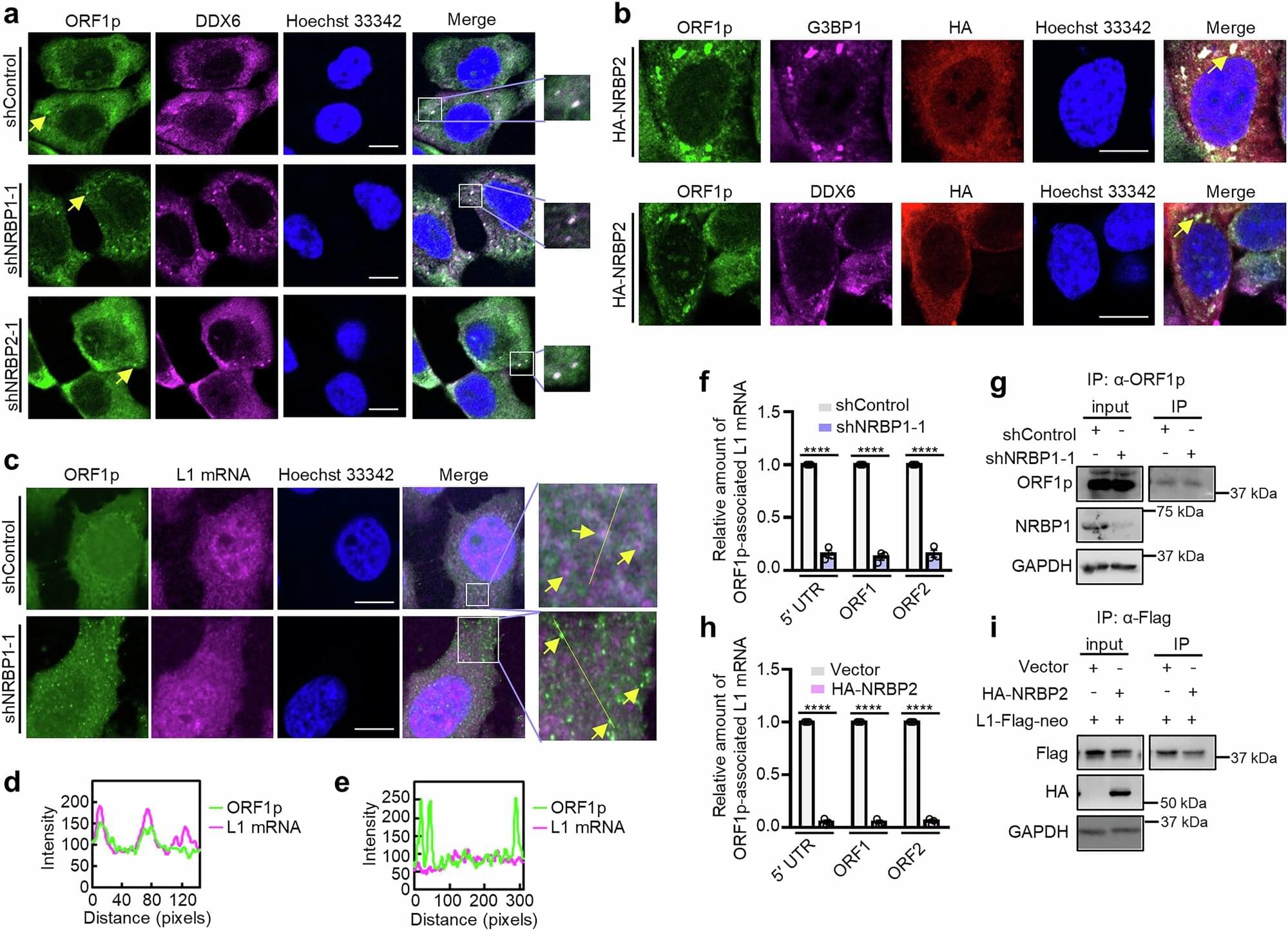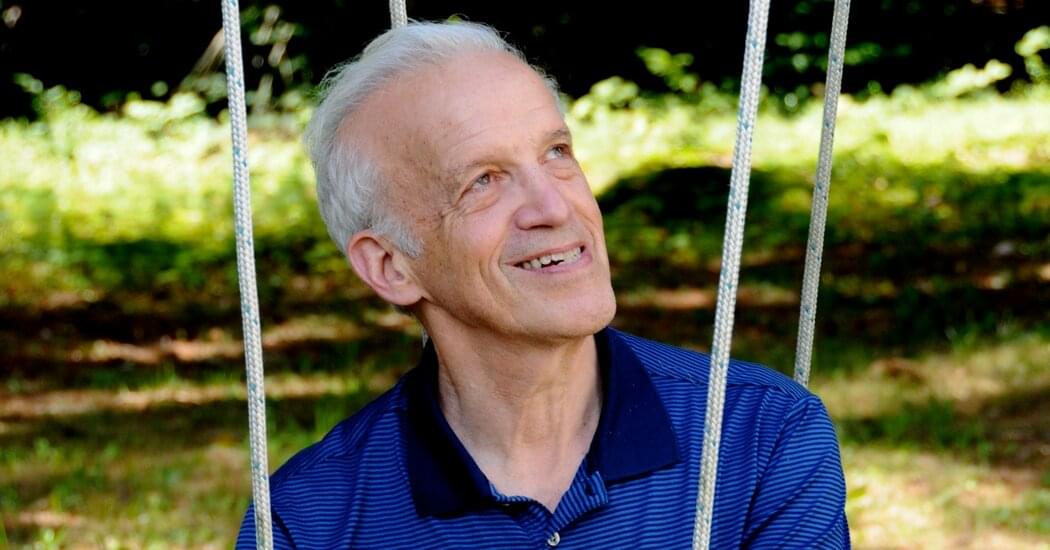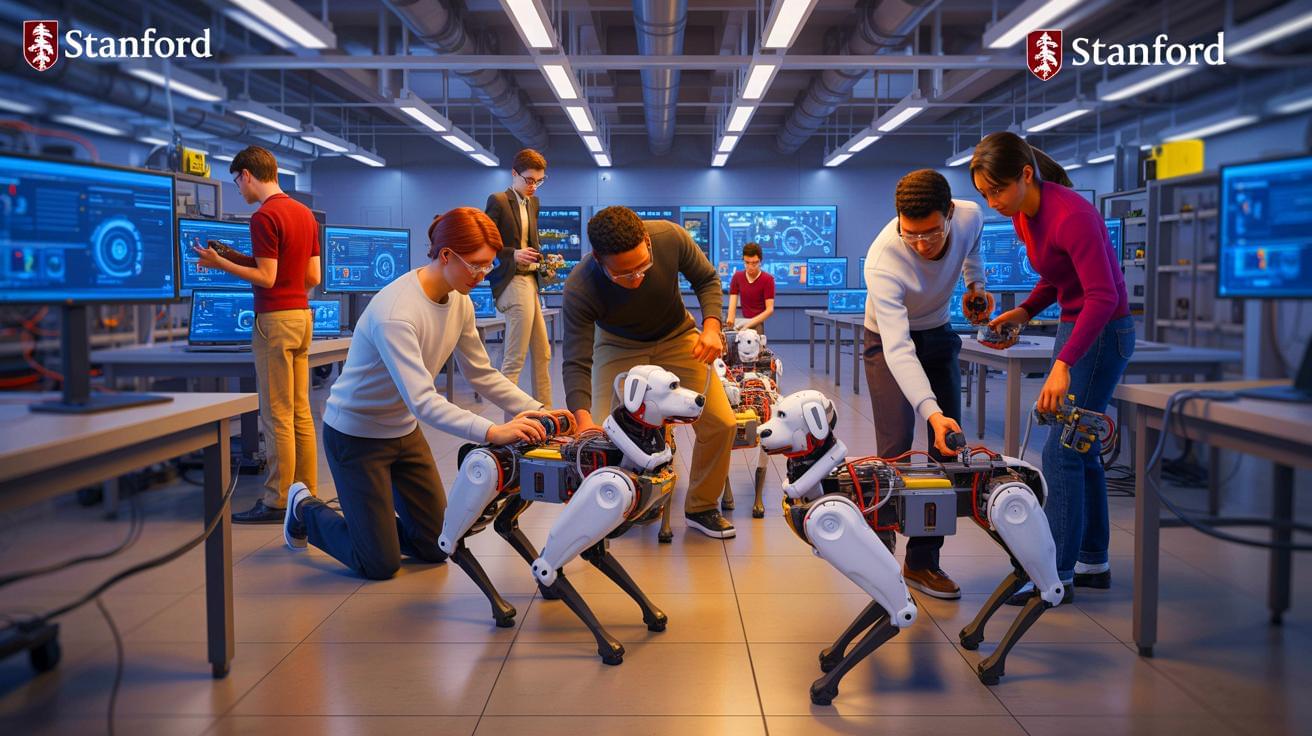An international research team has deciphered a mechanism of the evolutionary arms race in human cells. The findings provide insights into how mobile elements in DNA hijack cellular functions—and how cells can defend themselves against this in order to prevent conditions such as tumor formation or chronic inflammation.
An international research team led by Freiburg biologists Dr. Wenjing Qi and Prof. Ralf Baumeister has discovered how the LINE1 retrotransposon exploits a cell protein to become active itself, as occurs in tumors. At the same time, the researchers have also deciphered the cell’s appropriate countermeasures to prevent conditions such as tumor formation or chronic inflammation. The results have been published in the journal Nature Communications.









